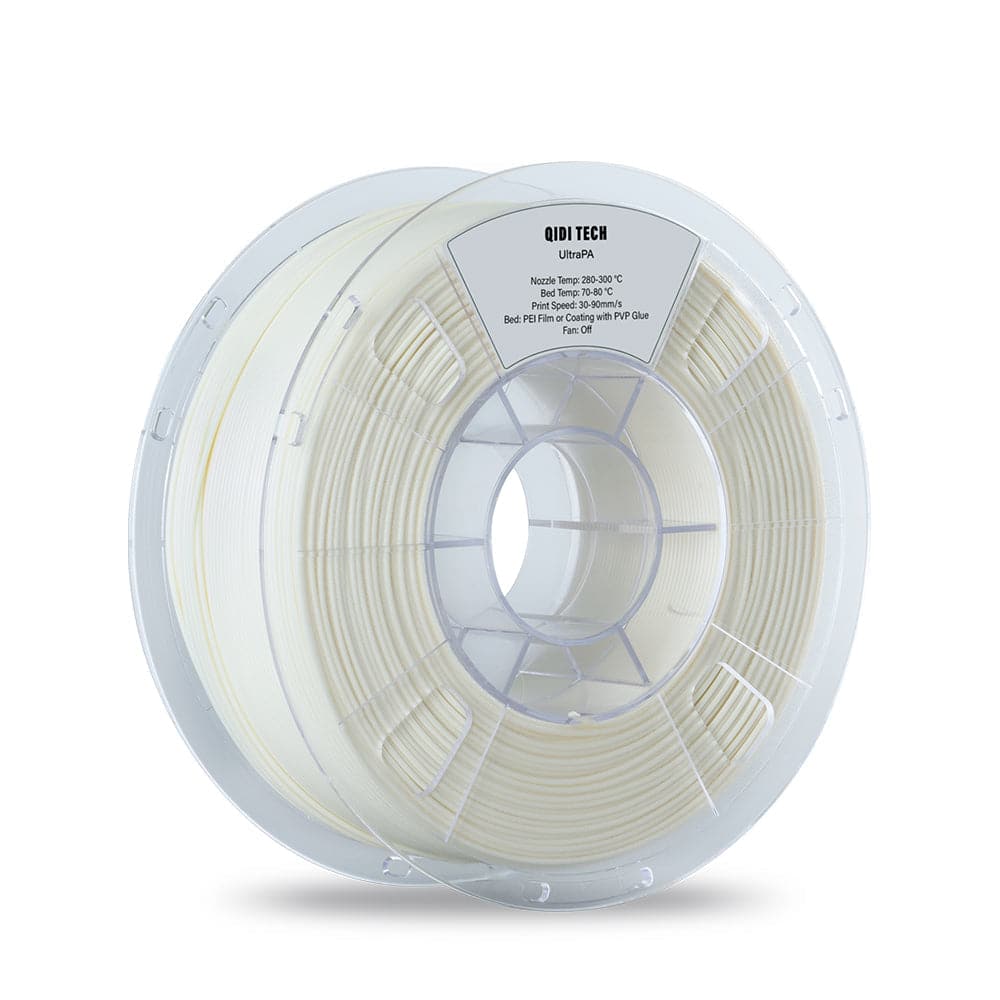Unveiling the Magic of Nylon Filament: Discover Its Secrets and 3D Printing Revolution!
Nylon filament has emerged as a game-changer in modern manufacturing, particularly within the realm of 3D printing. Its significance cannot be understated, as it offers a unique blend of properties that make it a favored choice among both hobbyists and professionals alike. As someone who has dabbled in 3D printing with friends, I can attest to the excitement that comes with experimenting with various materials, and nylon filament consistently stands out due to its versatility and resilience. This article delves into the essence of nylon filament, exploring its properties and applications that contribute to its popularity in the 3D printing landscape.

What is Nylon Filament?
Nylon filament is a synthetic polymer, primarily known for its strength and durability. Chemically, it belongs to the polyamide family, formed through the polymerization of amides. The production process involves spinning nylon fibers into a filament that can be used in various applications, including textiles and, notably, 3D printing. Historically, nylon was first introduced in the 1930s by Wallace Carothers at DuPont, revolutionizing the textile industry. Its transition into 3D printing materials is a natural evolution, as the demand for durable components has grown in the manufacturing sector. Today, nylon filament is widely available in various grades, each tailored to meet specific printing needs, making it an invaluable resource for creators.
Properties of Nylon Filament
Nylon filament is lauded for its impressive properties, which contribute to its effectiveness in numerous applications. One of its standout characteristics is its exceptional strength-to-weight ratio, making it both lightweight and sturdy. This strength is complemented by a high degree of flexibility, allowing for intricate designs and functional parts that can withstand stress without breaking. Additionally, nylon exhibits remarkable durability, showing resistance to wear, abrasion, and chemicals, which is particularly beneficial in industrial applications. A friend who works in prototyping once shared how using nylon filament enabled him to create robust parts that could endure rigorous testing, showcasing its practical advantages. These properties make nylon filament a prime choice for a wide range of 3D printing projects, from engineering prototypes to artistic endeavors.
Applications of Nylon Filament in 3D Printing
Nylon filament has found its niche in various applications within the 3D printing world. Its versatility allows it to be used for prototyping, where strength and durability are paramount. Designers and engineers often prefer nylon for creating functional parts that need to withstand stress and wear over time. Additionally, nylon filament is ideal for artistic creations due to its ability to capture fine details and produce complex geometries. The smooth finish that nylon can achieve enhances the aesthetic quality of printed objects, making it popular among artists and hobbyists. Compared to other materials, nylon filament offers superior layer adhesion and can be printed with a variety of settings, allowing for greater creativity and innovation in 3D printing projects.
Challenges and Considerations
Despite its numerous advantages, using nylon filament in 3D printing is not without challenges. One significant concern is warping; nylon tends to shrink and deform during the cooling process, which can lead to print failures. Additionally, nylon is hygroscopic, meaning it absorbs moisture from the air, which can adversely affect print quality. To counter these issues, it is crucial to maintain specific printer settings, such as using a heated bed and controlling the ambient temperature. My friend, an avid 3D printing enthusiast, has found that drying nylon filament before use significantly improves his print results, minimizing the risks associated with moisture absorption. By being aware of these challenges and implementing appropriate strategies, users can successfully leverage the benefits of nylon filament in their projects.
Summary of Nylon Filament Benefits
In summary, nylon filament stands out as a remarkable material in the realm of 3D printing, thanks to its unique properties and versatile applications. From prototyping to artistic creations, its strength, flexibility, and durability make it a favored choice among creators. While challenges exist, understanding and addressing them allows for a rewarding experience in utilizing nylon filament. I encourage readers to explore the endless possibilities that nylon filament offers, whether for professional applications or personal projects, and to embrace the exciting world of 3D printing.






